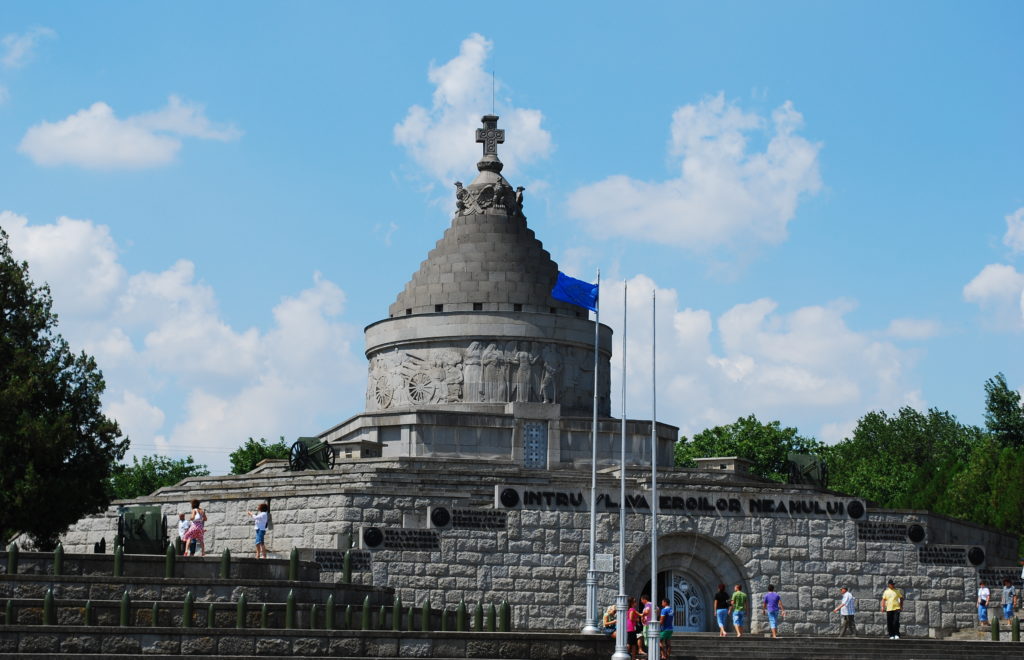Identity building after the rupture. Post-war memorials in Central and Eastern Europe
The First World War was followed by the construction of mass number of monuments and memorials. In Central and Eastern Europe, however, the erection of new monuments was first preceded by the destruction of existing ones. In countries which had gained or regained their independence, symbols of the former regimes were removed from public view as they were associated with foreign rule and oppression.
November 5, 2018 - Arnold Bartetzky


































